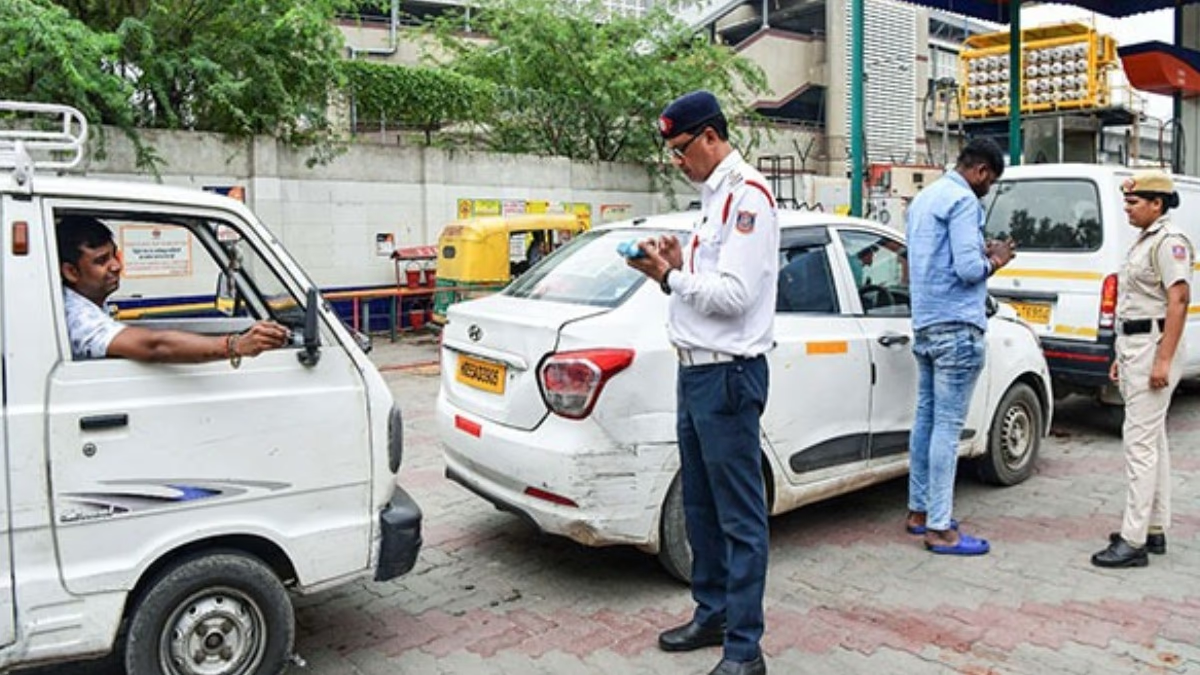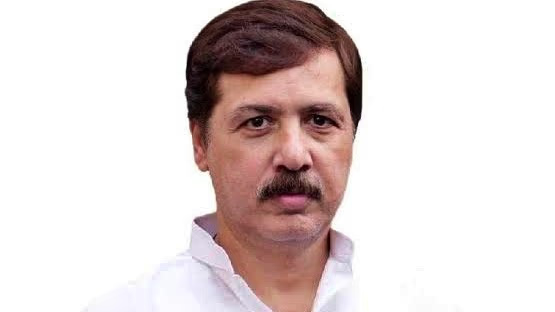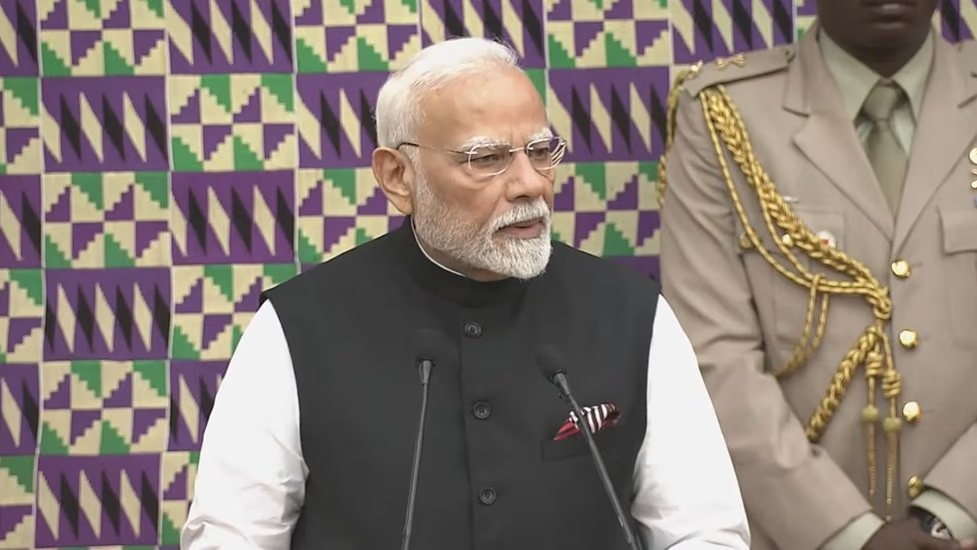In Delhi, the capital city, the government has taken a step back regarding the CAQM order that became effective from July 1, 2025. Just three days after its implementation, the government had to retract its decision. Currently, the Delhi government has requested CAQM to reconsider its execution and has urged a temporary suspension of the order. Meanwhile, the Aam Aadmi Party holds the government accountable for this situation.
The Commission for Air Quality Management (CAQM) had directed a ban on fuel supply to diesel vehicles over 10 years old and petrol vehicles over 15 years old. The Delhi government was keen to enforce this and the Transport Department, along with traffic police, began seizing end-of-life (EOL) vehicles at fuel stations starting July 1.
This decision directly affects common people, especially the numerous citizens whose daily lives and work rely heavily on these older vehicles. The Transport Department states there are about 6.2 million such vehicles in Delhi, comprising 4.1 million two-wheelers and 1.8 million four-wheelers. The abrupt large-scale impounding led to visible public outrage among the masses.
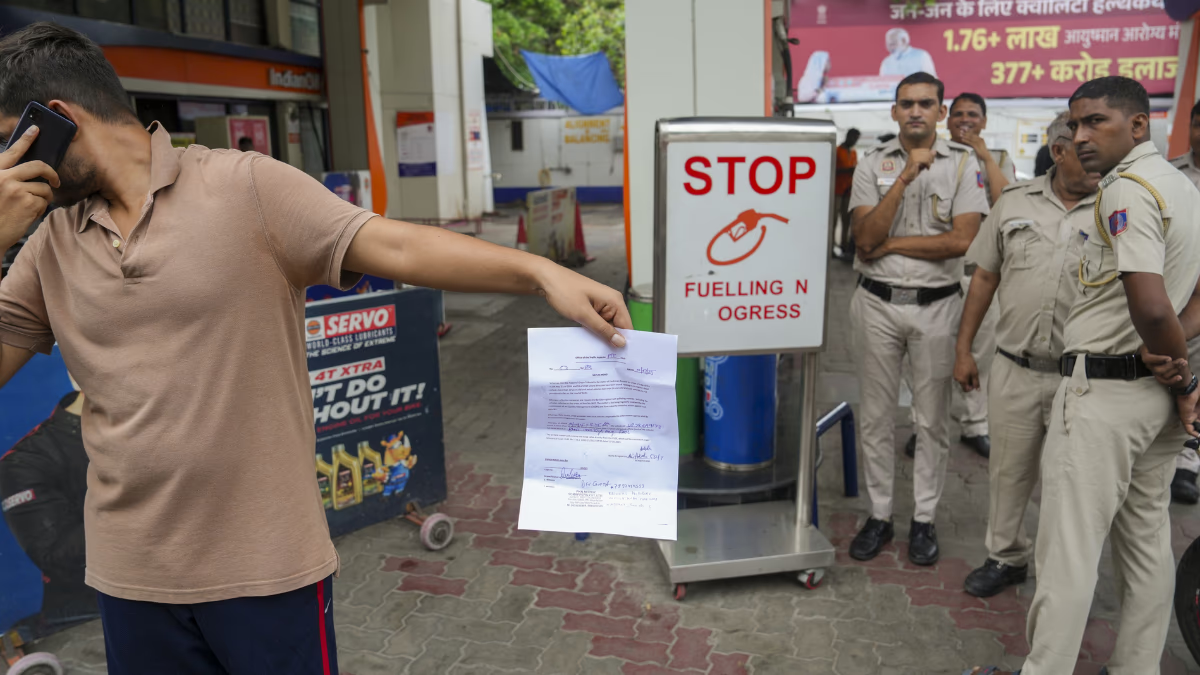
Source: aajtak
The Delhi government has addressed a letter to CAQM Chairman Rajesh Verma asserting the fuel ban is impractical due to technical challenges, making it non-viable. On Thursday, no vehicles were seized under the rule, whereas over 80 vehicles, including both two-wheelers and four-wheelers, were previously impounded within two days.
Let us explore the reasons leading Delhi Government to re-evaluate the central order, along with the relevant technical and social challenges involved:
1. ANPR System: A Major Obstacle
Under CAQM's guidelines, Automated Number Plate Recognition (ANPR) cameras were to identify vehicles falling into the End-of-Life (EOL) category at fuel stations. However, the Delhi administration insists these technologies are not yet fully operational. Several fuel stations report malfunctioning cameras.
The Environment Minister of Delhi, Manjinder Sirsa, conveyed through a letter to CAQM about issues such as unsuitable camera positions, faulty sensors, and technical glitches in speaker systems. High Security Registration Plates (HSRP) absence leads to identification failure of vehicles by cameras. Proper law enforcement is implausible if the primary identification system fails to function correctly.
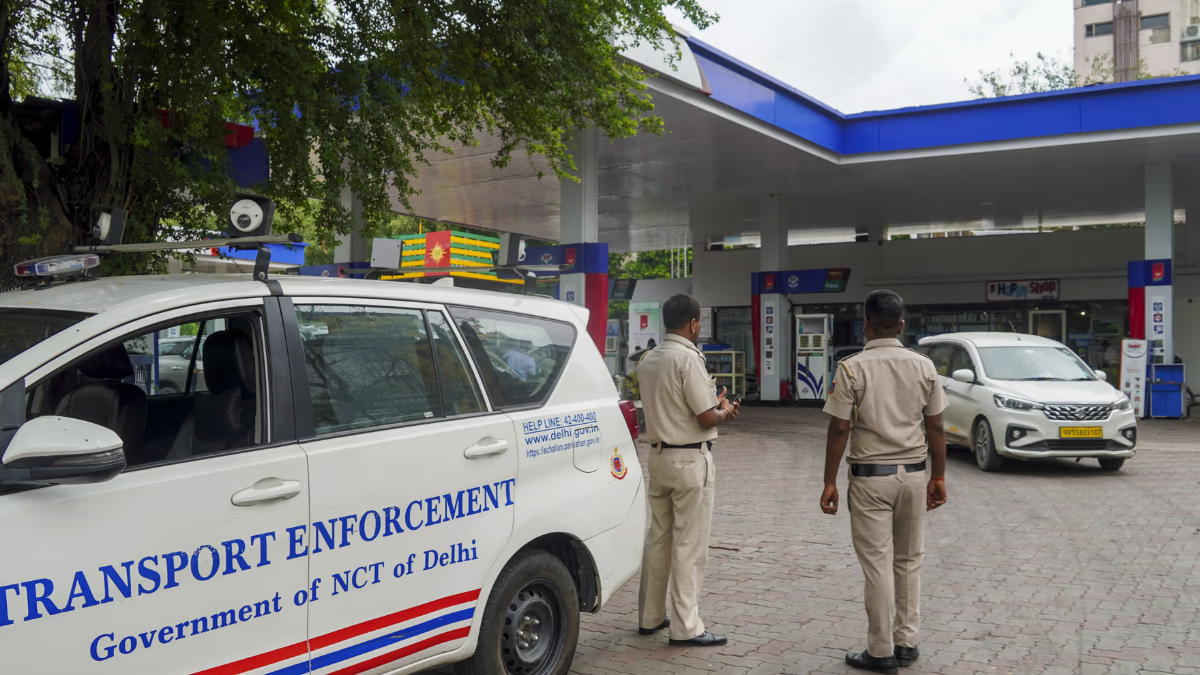
Source: aajtak
2. A Discordant NCR, Policy Limited to Delhi
Another primary argument from the Delhi government is the regional imbalance. The directive applies only to Delhi, whereas neighboring cities like Gurugram, Faridabad, and Ghaziabad within NCR have no such order. This gives rise to two key issues—older vehicle owners could refuel in other NCR cities, leading to legal scarcity and encouragement of fuel smuggling and black marketing. Secondly, ANPR cameras are yet to be installed in NCR, making integrated and efficient technological use infeasible. Until the system expands throughout NCR, this rule should remain unimplemented.
3. Livelihoods Threatened, Public Discontent
Environment Minister Manjinder Singh Sirsa, alongside Chief Minister Rekha Gupta, highlighted the significant social impacts of this order. Sirsa noted in his letter, “The livelihoods, business, and daily life of millions depend on these vehicles. An abrupt cessation of fuel supply gravely disrupts lives.”
Rekha Gupta tweeted about it being a unilateral decision, emphasizing that while the government is committed to air pollution control, maintaining socio-economic balance is equally important. In Delhi, vehicles serve not only as transport but as a means of livelihood for many, including cab drivers, delivery agents, auto drivers, and small business owners.
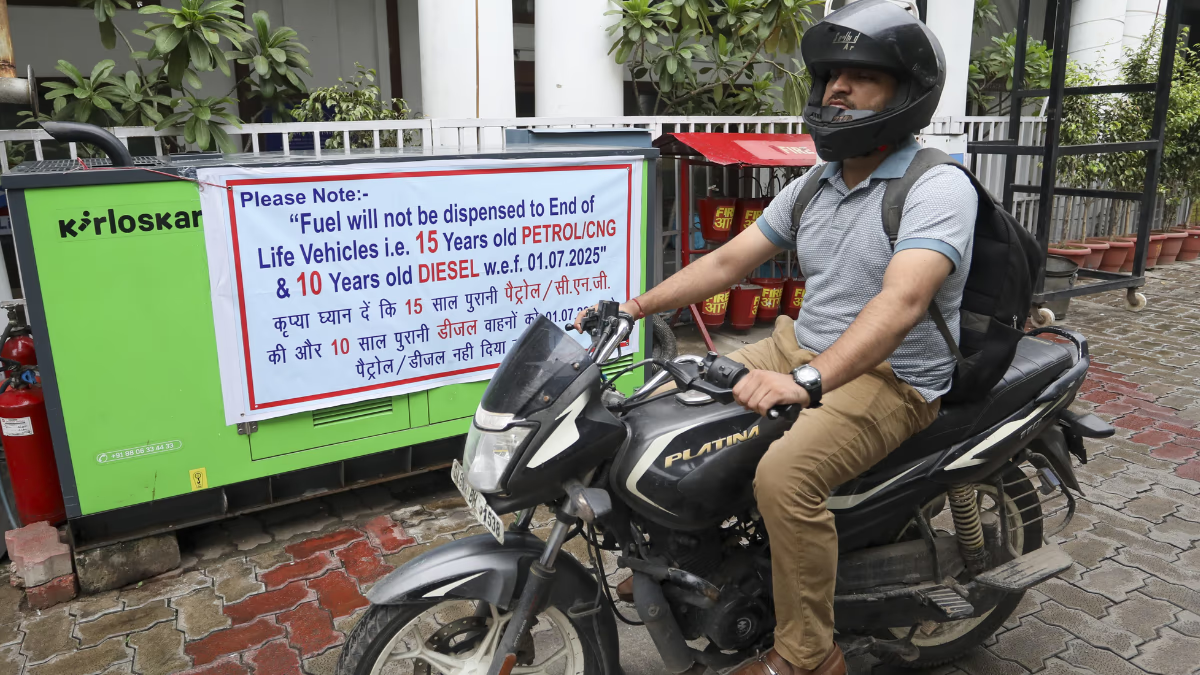
Source: aajtak
4. Older Vehicles Phased-Out via Alternative Policy
The Delhi government has devised an alternative policy strategy. Environment Minister Manjinder Singh Sirsa's letter to the commission mentions stringent actions have already been enacted in combating pollution, including rigorous Pollution Under Control (PUC) certification checks for vehicles from other states. The government plans to send SMS alerts to EOL vehicle owners 2-3 months in advance, enabling timely phasing out. Sirsa stresses that instead of vehicle age, pollution level should be the focal point.
Revocation of 'No Fuel' Order: Where Does It Stand?
The central question persists—whether the 'no fuel' order stands revoked following Delhi's withdrawal. Indeed, the Delhi government merely requested a retraction of the 'no fuel' mandate for age-old vehicles; CAQM maintains its order for now. CAQM sources mention an evaluation based on merit will occur and until then, the original order remains in effect. CAQM Chairman Rajesh Verma's current engagement in Chandigarh may delay the decision. However, as of now...
Judicial Confusion: Orders in Perspective
This matter stems from longstanding orders by the Supreme Court and National Green Tribunal (NGT). In 2018, the Supreme Court ordered a ban on diesel vehicles over ten years old and petrol vehicles over fifteen years old. Prior to this, in 2014, NGT prohibited parking vehicles over fifteen years old in public places.
According to the Delhi administration, the first AAP government should have contested these orders or sought clear execution guidelines.
Manjinder Singh Sirsa attributes the entire issue to the former AAP government, accusing them of failing to challenge these court and NGT orders instead of simply implementing them.
Delhi CM: Committed to Pollution Control Alongside Public Woes
Chief Minister Rekha Gupta assured Delhi’s full commitment towards reducing pollution while emphasizing public hardships cannot be overlooked. In a post, she elaborated on the letter to Air Quality Commission (CAQM) requesting reconsideration of the ban on refueling overage vehicles.
Rekha Gupta stated, “The decision impacts millions’ livelihoods and lives. We are working towards clean and sustainable transport, but decisions should align with public needs.”
She disclosed that via Environment Minister Manjinder Singh Sirsa’s letter, the government has petitioned to immediately halt this order and engage all parties for a practical, phased solution that accommodates citizen comfort.
Opposition Targets AAP: People's Victory Declared
Undoubtedly, this incident provoked Aam Aadmi Party's sharp attack on BJP. Delhi AAP chief Saurabh Bharadwaj announced, “Congratulations to Delhi’s citizens. BJP government had to retract draconian orders regarding older vehicle seizure—a victory for the public revealing the government’s double standards on court order politics.”
